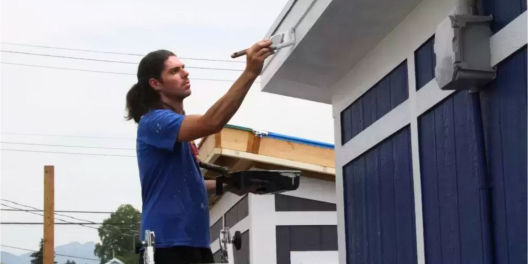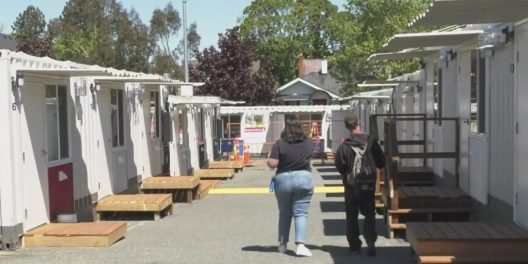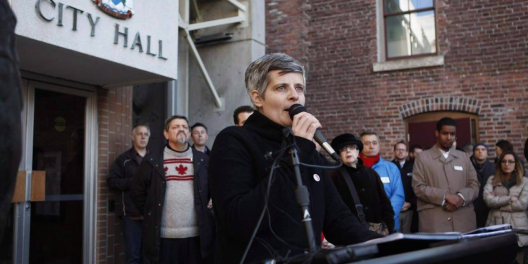Most buildings have a huge carbon footprint.
The manufacture and transport of construction materials, the construction industry, and the heating and cooling of buildings account for nearly 40 percent of all heat-trapping carbon pollution.
So why don’t we talk more about buildings in our quest to lower climate pollution?
That’s the question that Courtenay-based designer John Gower asked when he decided to pursue a career in building design.
“We know that our homes have a huge impact in terms of climate change,” Gower told VanIsleNews in an interview.
Knowledge is one thing, change is another.
Gower, who attended Carleton University’s School of Architecture in Ottawa specializes in energy-efficient home design.
If Gower had it his way he would be busy designing net zero homes all the time. A net zero home produces all of its energy needs on-site.
For example, several years ago Gower’s company designed a net zero home for a couple in Smithers in northern BC who went the extra mile on sustainability.
The house includes features like a solar thermal hot water system, extra thick walls, and a methane digester that turns agricultural waste into gas for household purposes. It also has a thing called an earth tube, a buried ventilation duct that uses geothermal energy to preheat incoming ventilation air in the winter and cool it in the summer.
But this is a rarity says Gower. A lot of people talk about wanting a sustainable or net zero house. But as soon they get into the design details, sustainability slips to sixth or seventh on the priority list.
Part of the problem is escalating construction costs.
The average cost to build a home in BC averages between $275 and $450 per square foot. That doesn’t include utility connection fees and permits. So, a 2,100-square-foot home can cost between half to almost a million dollars. Add in custom finishing details, and it goes up from there.
Another problem is people’s expectations of how big a house needs to be.
One of the easiest ways to reduce a building’s carbon footprint is to reduce its size. It’s simple. The smaller the home, the lower its energy requirements, even if you do nothing special in terms of innovation.
But in Canada, we’re addicted to square footage. Realtors love it for the tasty commissions. So do most builders. But the planet hates it.
“We need smaller houses and fewer single family detached homes. The fact is the size of the average house has doubled since the 1960s,” Gower says.
Then there’s the issue of zoning and building permits. Increasing housing density, or the number of housing units allowed on a given lot, has enormous benefits.
It can make for more walkable, bikeable and liveable urban areas and more efficient public transit.
Who wouldn’t want to live in a smart city like that? As a bonus, it can cut carbon pollution in a big way.
Yet municipalities tend to be conservative. When trying to rezone property to pack more housing into limited spaces, it can take years to change the mindset.
It’s hard to change the status quo.
Sustainability has become a buzzword. Companies slap the term on so many dubious actions the word has become almost meaningless. But one way we can give some real meaning is to change how we build, heat and cool our homes.
But to do that, we must realize that bigger isn’t better.












